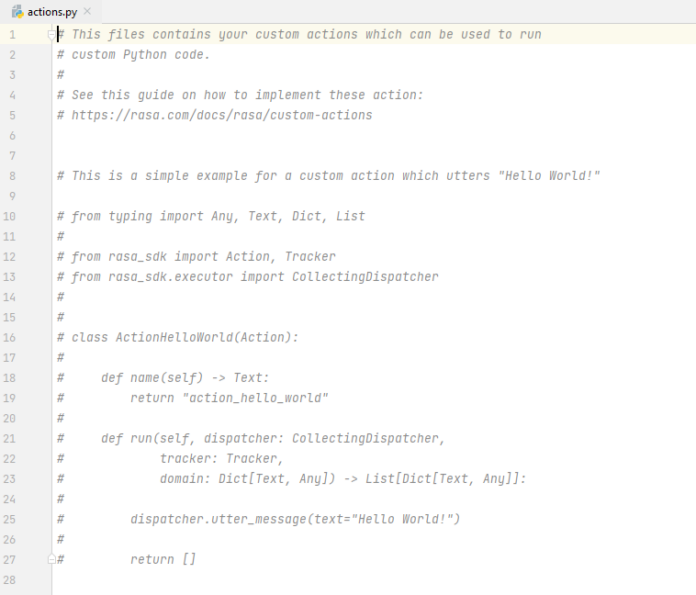Laravel 10 HasManyThrough relationship example; In this tutorial, you will learn how to create hasmany through relationship in eloquent models & as well as how to use it.
Laravel Eloquent HasMany Through Relationship Example
Create migration of “users”, “posts” and “countries” table and add a foreign key with users and posts table as follow:
In users migration file:
Schema::create('users', function (Blueprint $table) {
$table->increments('id');
$table->string('name');
$table->string('email')->unique();
$table->string('password');
$table->integer('country_id')->unsigned();
$table->rememberToken();
$table->timestamps();
$table->foreign('country_id')->references('id')->on('countries')
->onDelete('cascade');
});
In posts migration file:
Schema::create('posts', function (Blueprint $table) {
$table->increments('id');
$table->string("name");
$table->integer('user_id')->unsigned();
$table->timestamps();
$table->foreign('user_id')->references('id')->on('users')
->onDelete('cascade');
});
In countries migration file:
Schema::create('countries', function (Blueprint $table) {
$table->increments('id');
$table->string('name');
$table->timestamps();
});
The “has-many-through” relationship provides a convenient shortcut for accessing distant relations via an intermediate relation. For example, a Country model might have many Post models through an intermediate User model. In this example, you could easily gather all blog posts for a given country. Let’s look at how to define HasMany Through relationship:
<?php
namespace App;
use Illuminate\Database\Eloquent\Model;
class Country extends Model
{
/**
* Get all of the posts for the country.
*/
public function posts()
{
return $this->hasManyThrough('App\Post', 'App\User');
}
}
To fetch data using this relationship as follow:
$country = Country::find(1);
dd($country->posts);
Recommended Laravel Tutorials

